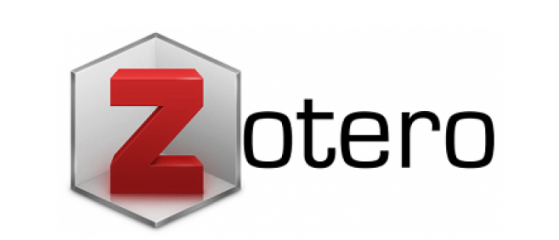|
ABOUT THE JOURNAL |
| Editorial Team |
| Reviewers |
| Focus and Scope |
| Publication Ethics |
| Author Guidelines |
| Copyright Notice |
| Journal Fees & Information |
| Contact |
Journal of Robotics, Automation, and Electronics Engineering, is committed to upholding the highest standards of publication ethics and takes all possible measures against any publication malpractices. The Editorial Board is responsible for, among others, preventing publication malpractice. Unethical behavior is unacceptable, and the JRAEE does not tolerate plagiarism in any form. Authors who submitted articles: affirm that manuscript contents are original. Furthermore, the authors’ submission also implies that the manuscript has not been published previously in any language, either wholly or partly, and is not currently submitted for publication elsewhere. Editors, authors, and reviewers, within the Journal of Robotics, Automation, and Electronics Engineering, are to be fully committed to good publication practice and accept the responsibility for fulfilling the following duties and responsibilities, as set by the COPE Code of Conduct for Journal Editors. As part of the Core Practices, COPE has written guidelines on the http://publicationethics.org/resources/guidelines.
Section A: Publication and authorship
Section B: Authors’ responsibilities
Section C: Reviewers’ responsibilities
Section D: Editors’ responsibilities
Disclaimer
The Editors of Journal of Robotics, Automation, and Electronics Engineering make every effort to ensure the accuracy of all the information (the “Content”) contained in its publications. However, the Editors of Journal of Robotics, Automation, and Electronics Engineering make no representations or warranties whatsoever as to the accuracy, completeness or suitability for any purpose of the Content and disclaim all such representations and warranties whether express or implied to the maximum extent permitted by law. Any views expressed in this publication are the views of the authors and are not necessarily the views of the Editors of Journal of Robotics, Automation, and Electronics Engineering.



JRAEEISSN 3025-3780 (online) ISSN 3025-4590 (print)
This work is licensed under Attribution-NonCommercial 4.0 International |
|
Electronics Engineering Applied ScienceDept. Electrical and Electronics Engineering, Vocational Faculty, Universitas Negeri YogyakartaJl. Mandung, Serut, Pengasih, Kec. Wates, Kabupaten Kulon Progo, Daerah Istimewa Yogyakarta 55651
|
